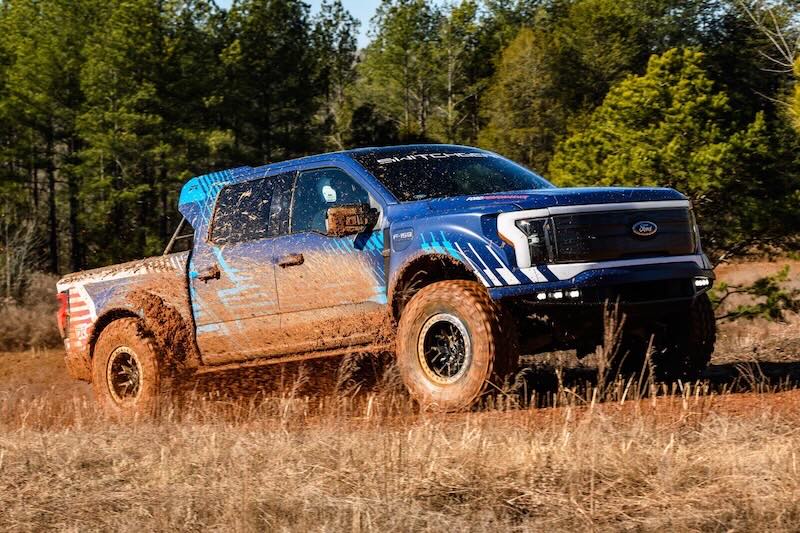For the better part of a century, Ford’s reputation was built on democratizing vehicle ownership for everyday Americans through pioneering affordable models like the iconic Model T. Now, decades later, CEO Jim Farley is hellbent on doing the very same thing – but with fully electric vehicles modeled after an unlikely source of inspiration: China’s thriving EV industry.
Speaking to Yahoo Finance, Farley didn’t mince words about his mission to develop Ford’s “next generation” of EVs that are not only “profitable” for the automaker but also “affordable for most Americans.” And the benchmark for affordability? Farley flat-out stated Ford’s upcoming mass-market electric rides will aim to be “competitive with the best in the industry” – a category currently dominated by disruptive Chinese brands like BYD.
That’s a pretty bold claim from the 120-year-old industry stalwart. But Farley clearly recognizes that if legacy automakers don’t take the fight directly to these emerging players, many could be left choking on their combustion fumes as the EV revolution thunders ahead.
Ford isn’t resting on its laurels, either. Farley revealed the Blue Oval has assembled a crack team of “the world’s top EV engineers,” including former talent from Tesla and Apple, to secretly develop an all-new smaller, more cost-efficient electric vehicle platform and battery chemistries.
“They’re designing a completely different solution, a product that’s lower cost, uses smaller batteries, and different chemistries,” Farley explained. The goal? To sidestep the eye-watering $30k price tags of today’s larger EV batteries like those in the F-150 Lightning.

Achieving that more affordable price parity could be Ford’s golden ticket for luring the mass-market away from competitors – including the new Chinese EV guard bombarding the West with a steady influx of aggressively priced all-electric models sporting longer ranges than many legacy brands’ offerings.
Part of Ford’s catch-up gameplan also includes accelerating the development of next-generation lower-cost battery technologies like lithium iron phosphate (LFP) cells. Farley says the company will be “the first” to bring this more affordable battery chemistry to the American mainstream when production kicks off at its new Marshall, Michigan plant.
Ford’s scale and established infrastructure undoubtedly give it a leg up over many Chinese startups. But as Farley notes, the combination of rapid government support, fierce competition, and a heads-up greenfield advantage in EV development are huge reasons why China’s brands like BYD have been able to pull ahead so quickly.
If Ford hopes to re-capture its mantle as the people’s affordable mobility brand, beating China at its own EV game is clearly priority one. It’s certainly an ambitious plan.
Related Post
Paul Graham: China’s EV Ascendance Is “The New Order of Things” for Autos
Ford has Introduced Various Upgrades to 2024 Mustang Mach-E and GT Model
